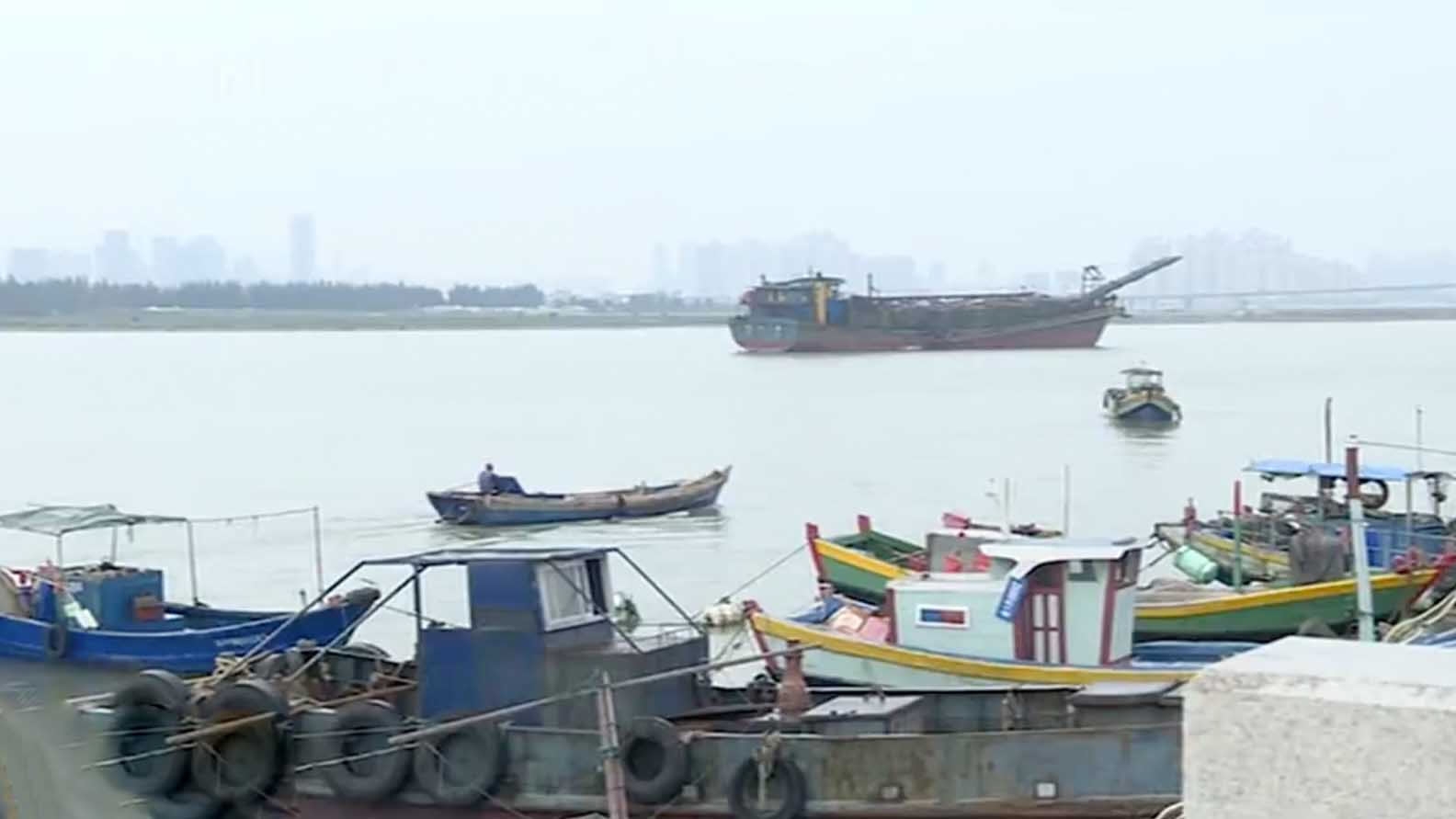
Culture
15:38, 25-Nov-2017
Fishing Village sparks cultural charm of Maritime Silk Road
By CGTN's Zhao Yunfei

The village of Xunpu near downtown Quanzhou in southeast China’s Fujian Province is widely believed to be a starting point of the ancient Maritime Silk Road leading to Africa.
Walking through the village, one can easily spot the houses made with big oyster shells. Compared with shells sold in local markets, these are much bigger.
In ancient times, Xunpu villagers traded goods with African countries. They went there with silk and tea and came back with oyster shells to increase the weight of the vessels and prevent capsizing.
Besides its architecture, the colorfully dressed women with rich headwear decoration is another characteristic of Xunpu.
"The jasmine flowers we are wearing were originally from Arabic countries. They followed the Maritime Silk Road and replanted here," said Jiang Lingling, a Xunpu villager.
Xunpu locals are loyal followers of Mazu, a Chinese sea goddess. And in keeping with life at sea, villagers make their living by selling oysters – a blending of eastern and western culture.
"If you don’t preserve cultural relics, they will eventually disappear," said Huang Ronghui, a culture preservation activist. "We should let our next generation know their predecessors' living conditions."
Huang was born and raised in Xunpu, and for years since his retirement, he has worked on documenting the village’s special culture.
The village is actively developing its tourism industry, Huang said, but many residents believe that protecting the ancient architecture is far more important than making financial profit.
Located at the estuary of the Jinjiang River, the Xunpu Village has already benefited from the prosperous sea resources. Quanzhou was Asia’s largest port during the Song Dynasty (960-1279) and Yuan Dynasty (1271-1368) . And when Italian businessman and traveler Marco Polo bid farewell to China from here in the late 13th century, he called it "the Alexandria of the Orient."

SITEMAP
Copyright © 2018 CGTN. Beijing ICP prepared NO.16065310-3
Copyright © 2018 CGTN. Beijing ICP prepared NO.16065310-3